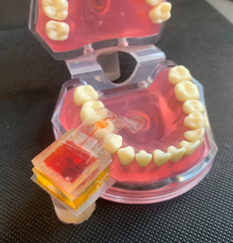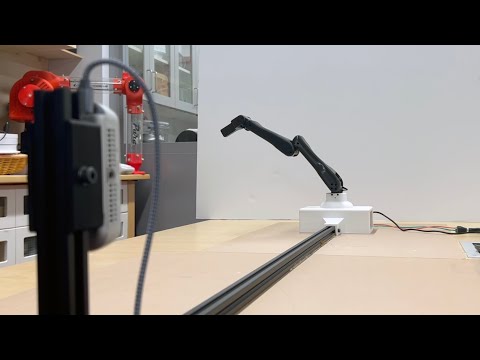It’s the kind of story that can form the foundation of a company’s identity and, if they’re lucky, the plot for their eventual fictionalized biopic: A brand dominating one kind of technology takes a bold, risky step into the great unknown so that it can lead its industry into the future.
It’s a great story…when it’s successful.
When it’s not, well, that courageous grab for the brass ring of new technology can hamstring a company for years. Which is why you’ve probably forgotten about the Polaroid Polavision camera. And why your likely reference points for Polaroid are their recent licensing deals that brought their instant cameras back in an ironic, kitschy zombie existence that only seems to rub salt in the wound of its attempt to redefine home movies in the late ‘70s.
The Polavision was touted as Polaroid’s biggest and most important innovation yet, having been in development for over a decade. Just as the company had pioneered the instant camera, it was going to head into the ‘80s as the leader in instant video. That was the plan, anyway. The Polavision was a unique film production system, consisting of a handheld camera, film cartridge, and a proprietary viewer that would both process the film (using a new type of color additive process which allowed for instant developing) and then display what had been captured. Polaroid co-founder Edwin Land saw the Polavision as something of a personal crusade. Despite some internal resistance (primarily from Polaroid president Bill McCune), Land introduced the camera at Polaroid’s annual shareholders meeting in 1977, and it hit store shelves the same year, buoyed by ads featuring a lot of poorly played tennis and aging Hollywood legends like Danny Kaye.
From the start, however, the issues were evident. Each film cartridge could only shoot roughly two-and-a-half minutes of footage. It also couldn’t capture any sound. Because of its slow film speed, each “movie” needed enormous amounts of light in order to successfully process an image. It worked mostly fine outside during the day–the colors were grainy and muted and there was a lot of “noise” on the image, but you could generally make out what was going on. Interior footage, however, was often extremely muddy and you could pretty much forget shooting anything at night without klieg lights.
Despite its novelty, the Polavision failed to capture the imagination of consumers the way Polaroid’s instant camera had, and initial sales were low. Making matters worse, JVC and Sony were already about to introduce primitive versions of the camcorder in the early 1980s, which even in their nascent forms outpaced the Polavision in terms of image quality, length of recording, and the ability to capture sound.
“Polaroid was a company that was absolutely dominant in the 20th century,” says Kevin Lieber, host of Popular Science’s Retro Tech video series. “They were dominating in instant photography and they thought the next big thing was going to be home movies, and that’s what the Polavision camera was–a very ambitious attempt to get into video. And it flopped. Really badly. It was dead within two years and is seen as the watershed moment for the company’s ultimate downfall.”
Still, for enthusiasts like Lieber, a working Polavision camera is something of a Holy Grail, just like it was for Edwin Land. However, because of the complexity of not only the film itself but the devices needed to shoot and view them, locating all of the pieces in full working order became an adventure that would make Indiana Jones proud. Lieber set out to do an episode of Retro Tech on the Polavision, and–no spoilers–found himself on a three-month Odyssey that could not be contained in a typical web video.
“I did not expect this [to become such a journey],” he says. “This turned into, really, almost a feature-length documentary, because it was one of those rabbit hole situations where I just kept digging deeper and deeper and deeper…it was an unbelievable trail to follow.”
The biggest problem was that the film does not have a long shelf life. “The tapes themselves used a reagent similar to what the instant cameras used–a chemical reagent to develop the film,” explains Lieber. “And that’s all dried out because it’s been 40 years. The chemicals are just dust, essentially.”
Undaunted, Lieber tracked down a tech collector nicknamed “Doc” who lived in Austria and had several Polavision film cartridges in cold storage–as well as a camera, and even a projector system. Now the question was, “Do any of them still work?” You can watch our video to find out but suffice it to say that this is far from a simple “yes or no” answer. It was more like a Russian nesting doll: one man’s crusade to dominate the home video market in 1977 led to another man’s crusade to save a failing company, which in turn led to yet another man’s mission to shoot a Polavision video in 2024. Whether or not it was successful is almost secondary to the idea that even in failure, innovation and forward thinking should always be championed. And you just never know if that bold idea will be a technological footnote, or the bulwark of a new future.
Or maybe just a good story.






